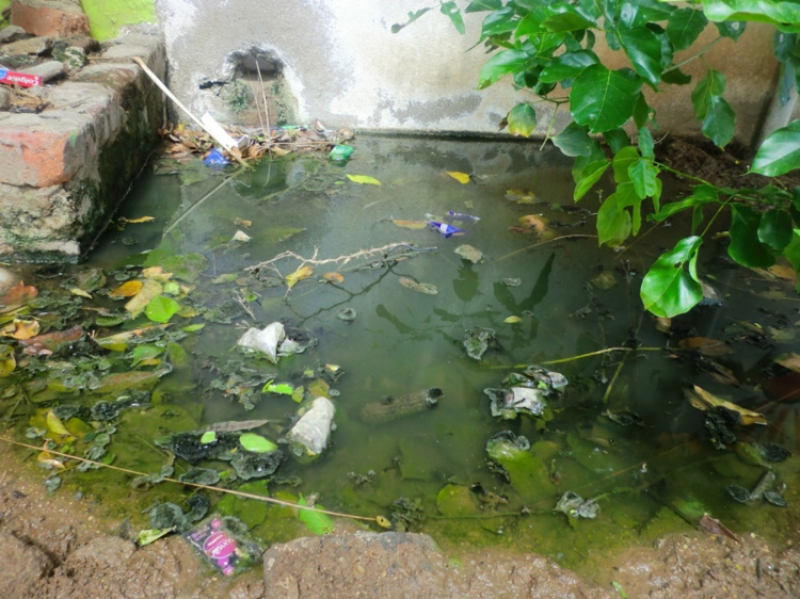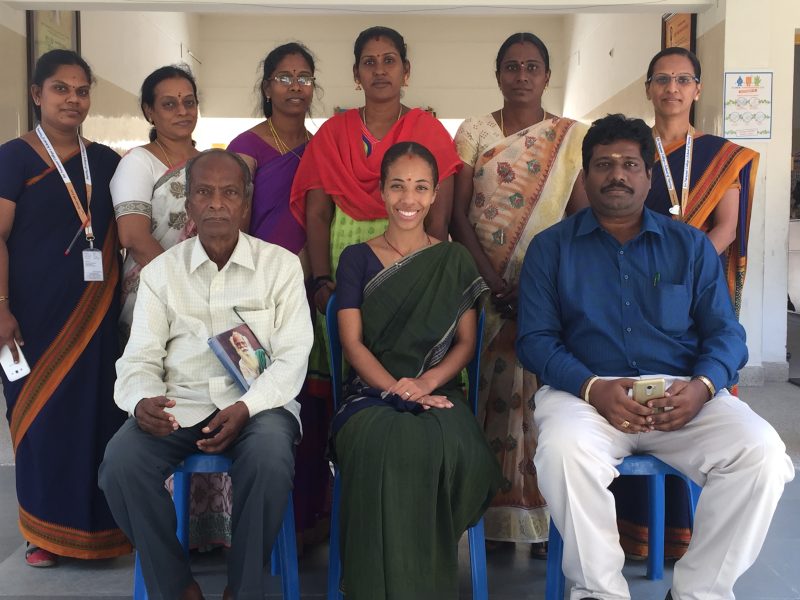There is an urgent need to invest in climate-related public health interventions that focus on local and community-identified health. Even though the world may need more toilets, building flush toilets that require water is not the best solution in all contexts, writes Anise Gold-Watts from Norwegian University of Life Sciences (NMBU). Read her blog here.
Globally, almost one billion people defecate in the open. This is a major health challenge, as it can threaten the quality of water sources, which can put individuals at risk for diarrheal disease (the second leading cause of death among children under five globally). Many governments attempt to solve open defecation by building toilets; however, flush toilets are one of the most unsustainable inventions of all time because they require water to facilitate the expulsion of human excreta from the structure.
This is also the case in India, where the government has been building pour-flush toilets to solve challenges with open defecation for decades.
Even though the world may need more toilets, it does not need ones that require water.
Coping with climate
As a result of the global climate changing, weather patterns have become increasingly unpredictable and extreme; which often affects the duration and severity of wet and dry seasons. There are several direct health impacts from these changes in weather patterns. For example, in seasons with heavy rainfall, vector-borne diseases (malaria and dengue fever) will be high. Similarly, seasons with humid weather will affect pathogen development. These seasonal fluctuations affect ecosystems and infectious disease and can in many areas influence water quality and availability (a key component in water, sanitation, and hygiene (WASH)).
Furthermore, an indirect consequence of climate change is the development of short-term coping strategies that lead to potentially harmful behaviors. Remember how governments build flush toilets to solve issues with open defecation? During dry seasons, (although individuals may know the harmful health outcomes associated with open defecation) individuals/households will ration water, prioritizing drinking, cooking, and washing rather than using a flush toilet. This will inevitably lead people to defecate in the open, not because they lack knowledge about the harm or consequences of open defecation, but because they lack appropriate infrastructure for today’s changing climate.
For the past two years, I spent over six months in Tamil Nadu, India conducting fieldwork focused on WASH for my PhD project.
Although, my PhD research was not focused on climate change, I discovered from both living in the community and from existing studies that individuals have a reciprocal and complex relationship with the environment. Throughout informal discussions and data collection, individuals expressed a deep appreciation for the environment. Furthermore, they expressed frustration about a lack of sanitation solutions for waste management and a serious concern for the future. In this context, as mentioned above, climate change had direct effects on water availability. However, what was unique in my experience was my observation of how this again influenced certain WASH-associated behaviors, and discussions about the ineffectiveness of “modern” facilities versus local coping strategies.
What did I learn that might help mitigate this challenge?
We should challenge what and how sanitation infrastructure is constructed because solutions for a predictable climate may not be adequate for a changing one. Am I advocating that governments should not build flush toilets for their populations? Although that is also an important discussion to have, for now I am suggesting that increasingly complex weather patterns must be matched with solutions meeting local demands. Additionally, in order to improve health outcomes, there is an urgent need to invest in climate-related public health interventions that focus on local and community-identified health solutions and prevention of climate change (a distal determinant of health).
References:
Burra, S., Patel, S., & Kerr, T. (2003). Community-designed, built and managed toilet blocks in Indian cities. Environment and Urbanization, 15(2), 11-32.
Patz, J. A., Campbell-Lendrum, D., Holloway, T., & Foley, J. A. (2005). Impact of regional climate change on human health. Nature, 438(7066), 310.
World Health Organization. (2003). Climate change and human health: risks and responses: summary.
World Health Organization. (2018). Sanitation. Retrieved from: http://www.who.int/news-room/f...
UNICEF. (2011). The Situation of Children in India: A profile. Retrieved from: www.unicef.org/sitan/files/Sit....
Even though the world may need more toilets, flush toilets that require water is not the best solution in all contexts, writes Anise Gold-Watts from Norwegian University of Life Sciences (NMBU).



